The Benefits of Drought (Part 1)
Nothing stimulates creativity and innovation in the area of water resource efficiency like drought. While we usually hear about the negative impacts of drought, we don’t often see headlines in the newspapers heralding the benefits. But, as it turns out, this cloud may have a silver lining after all.
The state of California has just come through the worst drought on record. In fact, tree borings taken from blue oaks in Southern and Central California indicate that the drought was the most severe in the last 1,200 years.[1] The Governor of California declared a Drought State of Emergency in January 2014, which was not lifted until April 2017.
Now that it has come to an end, we are beginning to understand some of the impacts of the drought on people and the natural environment. Those impacts include:
- The temporary idling of 540,000 acres of agricultural land which eliminated 10,000 farm jobs that would have been available if water were plentiful.[2]
- A 3% survival rate of the juvenile winter-run Chinook salmon, a native endangered species, in the Sacramento River despite holding back water in the Shasta Dam, at the expense of farmers and cities, in hopes of creating cold-water pools to aid the fish.[3]
However, the end of the drought also brings with it stories of how people in California became very efficient users of the little water they did have.
A solar still is a large scale version of a distillation apparatus which replicates the way nature makes rain. The sun’s energy heats water to the point of evaporation. As the water evaporates, water vapour rises, condensing into water again as it cools and can then be collected. This process leaves behind impurities, such as salts and heavy metals, and eliminates microbiological organisms. The end result is pure distilled water.
In a rural community in the Central Valley called Panoche, plans were already in the works to develop and construct a high-tech version of an old fashioned solar still for the purpose of treating agricultural runoff before discharge to surface water.
But when the drought reduced the amount of water available for crop irrigation, the prospect of a 100% recovery rate promised by WaterFX’s Aqua4, provided a creative solution to the problem.
No water is lost in the process of distillation, so all of the water that would have been “wasted” to surface water, could instead be treated and reused to irrigate crops. Traditional solar still design produces water at a rate of 9 cubic meters of water per day, per acre of solar collection area, which is not quickly enough for a large-scale agricultural application. The Aqua4 produces over 275 cubic meters of water per day, per acre of solar collection area, and has a natural gas backup so it can still operate in January and February when it is cloudy most of the time. [4]
While this technology was commandeered for drought time use, it will be just a helpful in times of plenty, when the rain water and irrigation runoff carrying high levels of salts can be treated before discharge to the environment.
An additional benefit of the Aqua4 design includes the collection of the mineral salts as solids that can be sold as a usable by-product to either consumers or businesses. The salts contain boron (as borate) which can be extracted for use in agriculture fertilization, and gypsum (calcium sulphate) which can be used for industrial materials.[4]
The good news is that rain has returned to California, filling reservoirs once again. But, as we look back at the drought, we learn that water scarce times brought good news for emerging resource efficient technologies.
Check back later for more on the benefits of drought….
[1] Thomas Sumner, California drought worst in at least 1,200 years, Science News Vol. 187 No. 1 (2015) 16.
[2] Dale Kasler, Farms May Shrink as Water Rules Tighten, Water Deeply (2015).
[3] Phillip Reese, Ryan Sabalow, Dale Kasler, Folsom Lake Levels Rise, Salmon Numbers Falling, Water Deeply (2016).
[4] Catherine A. Cardino, Ph.D., Can Solar-powered Desalination Aid California? Civil Engineering (2015).

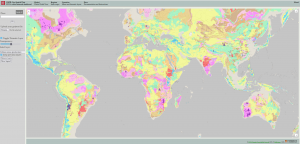
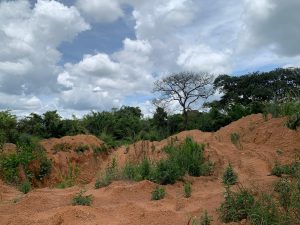
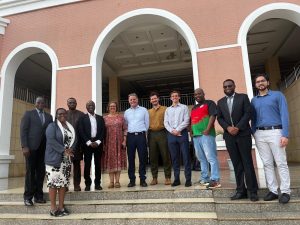


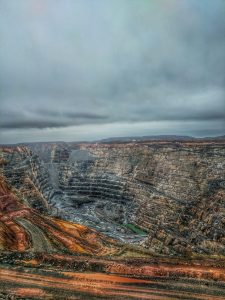
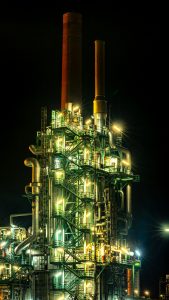
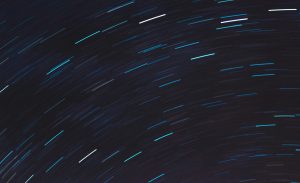

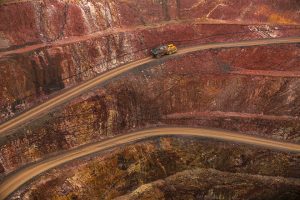
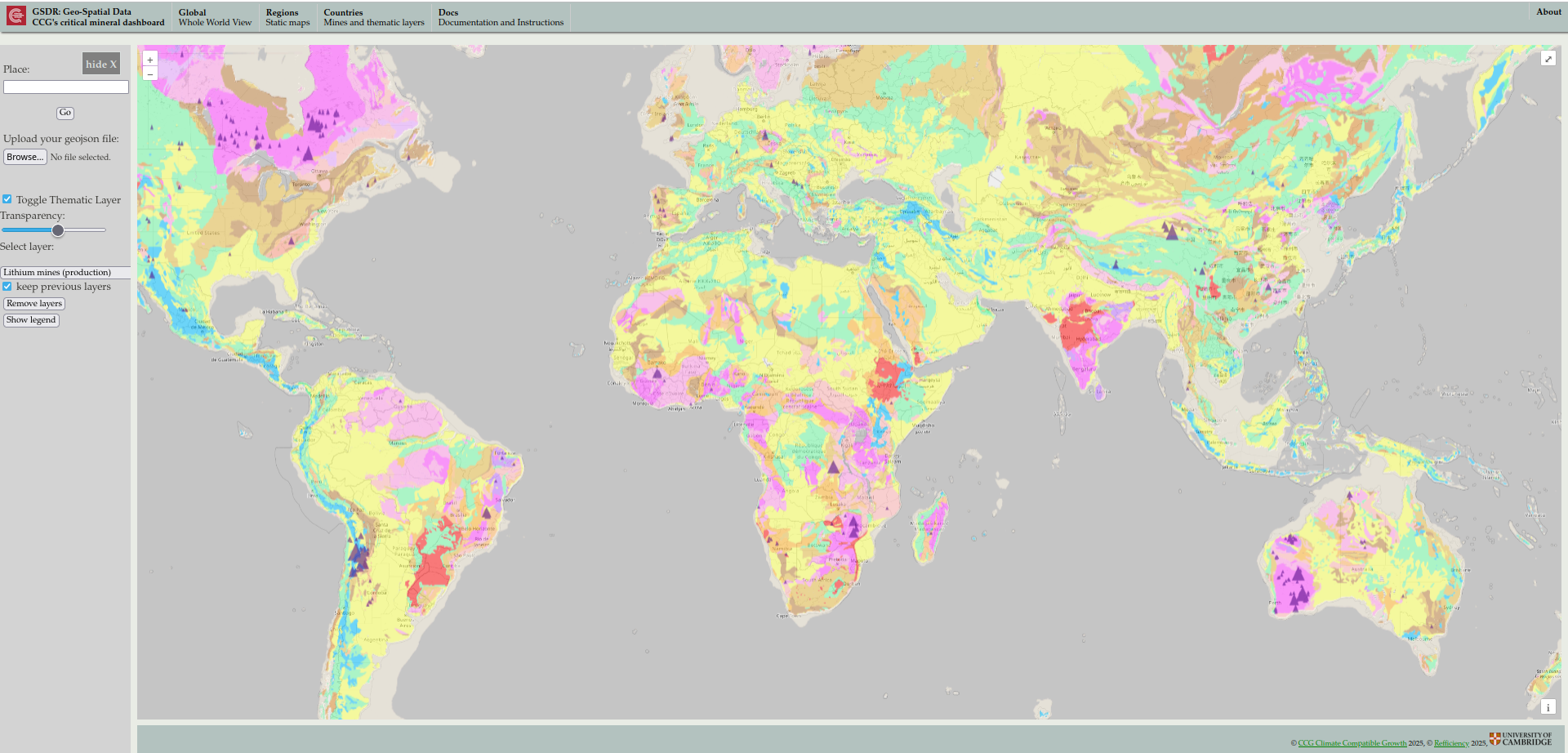
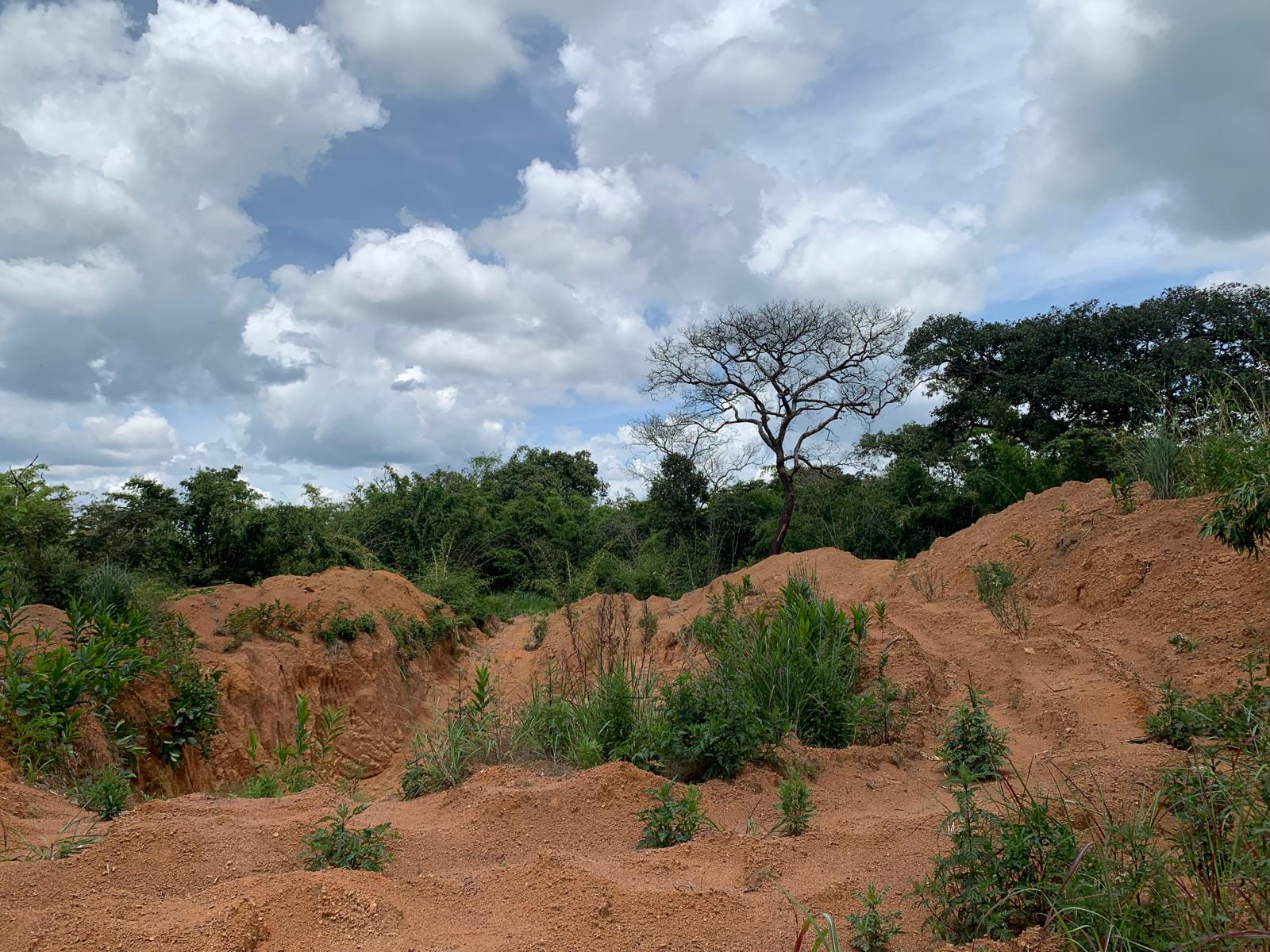
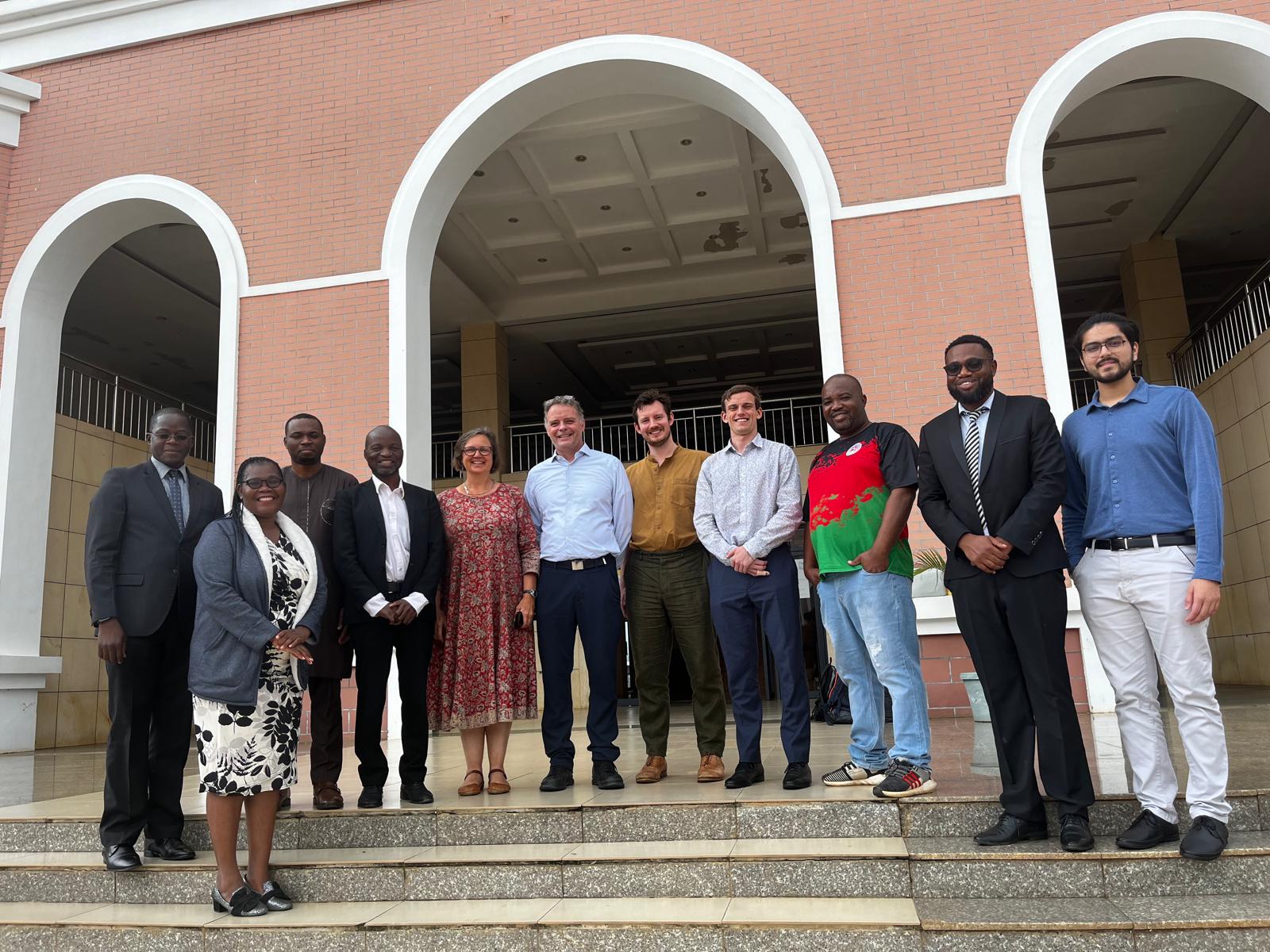
Dan
Test